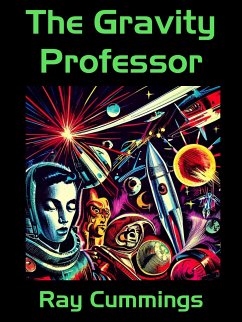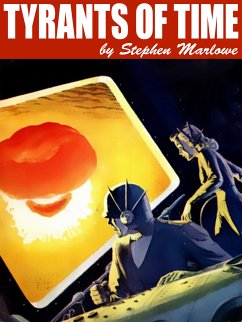
The World Beyond (eBook, ePUB)

PAYBACK Punkte
0 °P sammeln!
These hooded figures came out of a world beyond our own-where a man could be a giant if he wished!
Das E-Book The World Beyond wird angeboten von Wildside Press und wurde mit folgenden Begriffen kategorisiert: science fiction;sci-fi;adventure;action;pulp;short story
Das E-Book The World Beyond wird angeboten von Wildside Press und wurde mit folgenden Begriffen kategorisiert: science fiction;sci-fi;adventure;action;pulp;short story
Dieser Download kann aus rechtlichen Gründen nur mit Rechnungsadresse in A, B, BG, CY, CZ, D, DK, EW, E, FIN, F, GR, H, IRL, I, LT, L, LR, M, NL, PL, P, R, S, SLO, SK ausgeliefert werden.













